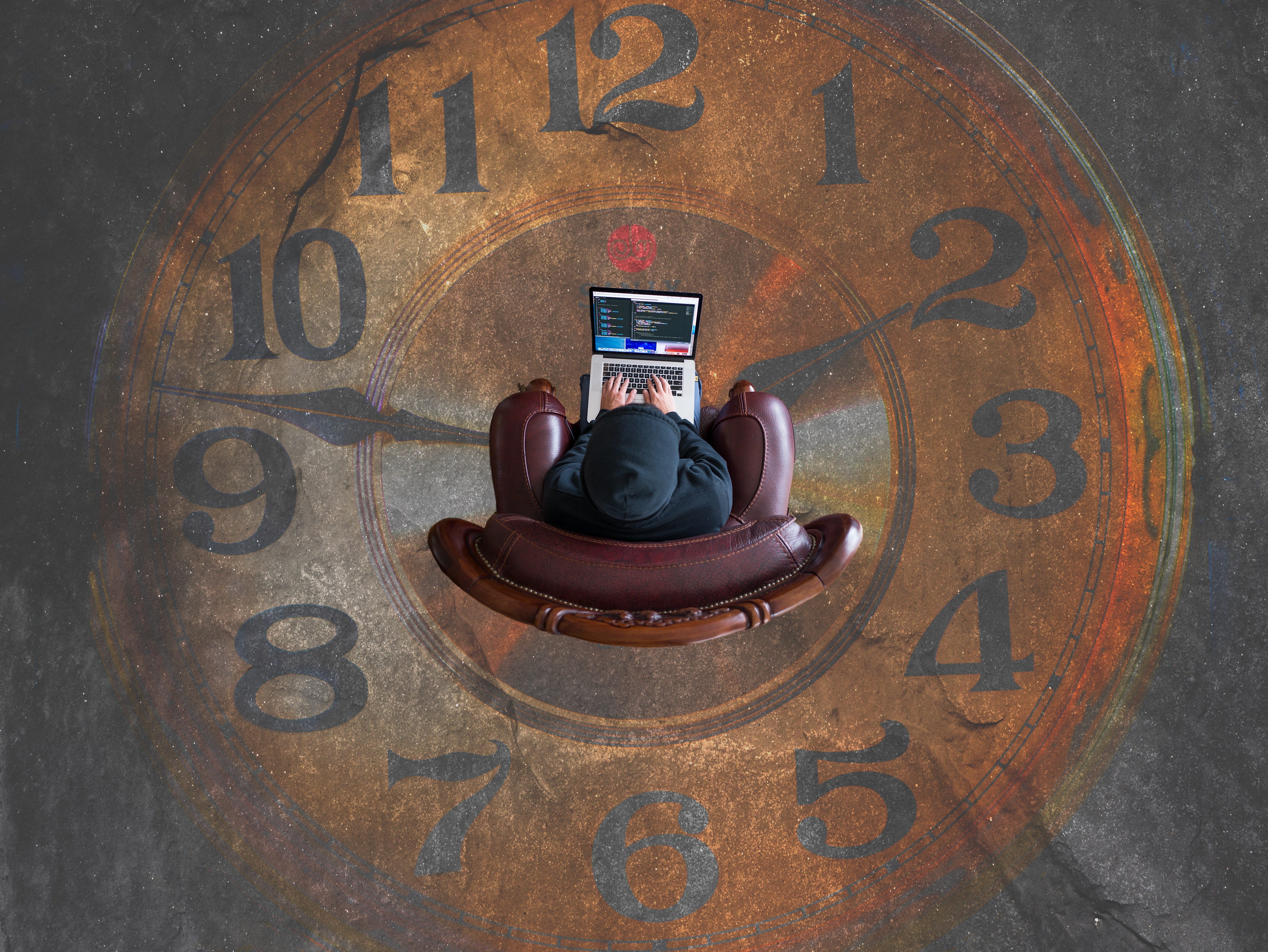Moving from design consultant to in-house
A few areas of consideration to bolster your chances of success

I recently transitioned from being a designer at a global consultancy to a fast-growing start-up. This was my first career move since starting design around eight years ago — it was scary, and I had many moments of fear, doubt, and excitement.
There may be many of you who also feel the same, if you’re unsure about making a move, or want some tips about how to go about it, you’ve come to the right place — I hope!
Before I dive in, I want to highlight that this article isn’t written to help you pick one over the other. Both consultancies and in-house design teams have their merits and drawbacks. Ultimately, it comes down to what you want out of your career.
Understanding your design skills in context
It’s hard to know exactly what the day-to-day differences in roles will be, it’ll differ for each company. Generally though here are the typical activities I would expect a design consultant to be doing:
- Engaging with proposal and bid materials
- Working to design and develop for a specific problem
- Running workshops
- Wireframing, prototyping, and visual designs
- Research and usability testing
- Managing client relationships to, ultimately, win more work
And an in-house designer:
- Influencing decisions about overall product strategy and direction
- Raising and contributing to open-ended problems
- Running workshops
- Wireframing, prototyping, and visual designs
- Research and usability testing
- Challenging stakeholders when needed to deliver the right solution for users
That’s probably a bit of an oversimplification but the good news is that there’s a large overlap of skills! So let’s take a look at what can be capitalized on and what might need a bit more work.

Emphasizing your strengths
I typically find design consultants set themselves apart by being able to manage multiple stakeholder relationships, communicate confidently, and deliver to a high standard on a specific problem. When applying to start-ups it’s important to highlight these areas, so consider:
- Complicated or creative workshops run with large groups
- Presentations given to senior stakeholders
- High-quality products that were delivered in a short time period
- Helping clients grow and nurture a design team

Being aware of your areas for growth
This is likely just due to the nature of consulting, but I’ve found that generally, it’s tough to find a long-term gig for a client. This has the knock-on effect of design consultants generally not having as much experience in supporting products over months and years. It’s important to be self-aware and highlight this during the application process as it goes a long way to showing maturity.
I would also consider highlighting:
- Any long term side-gigs and their impact
- Products supported after going live
- Approach to difficult scenarios such as balancing client and user needs
Flex that storytelling muscle
Summing up, it’s important to really push those strengths and be aware of where you may be falling short. Don’t hide from them. Call them out and show how you plan on growing into those areas in the future.
I hope this has been a helpful guide for some of the considerations that need to be made when choosing to move from consulting to in-house design. Good luck!









